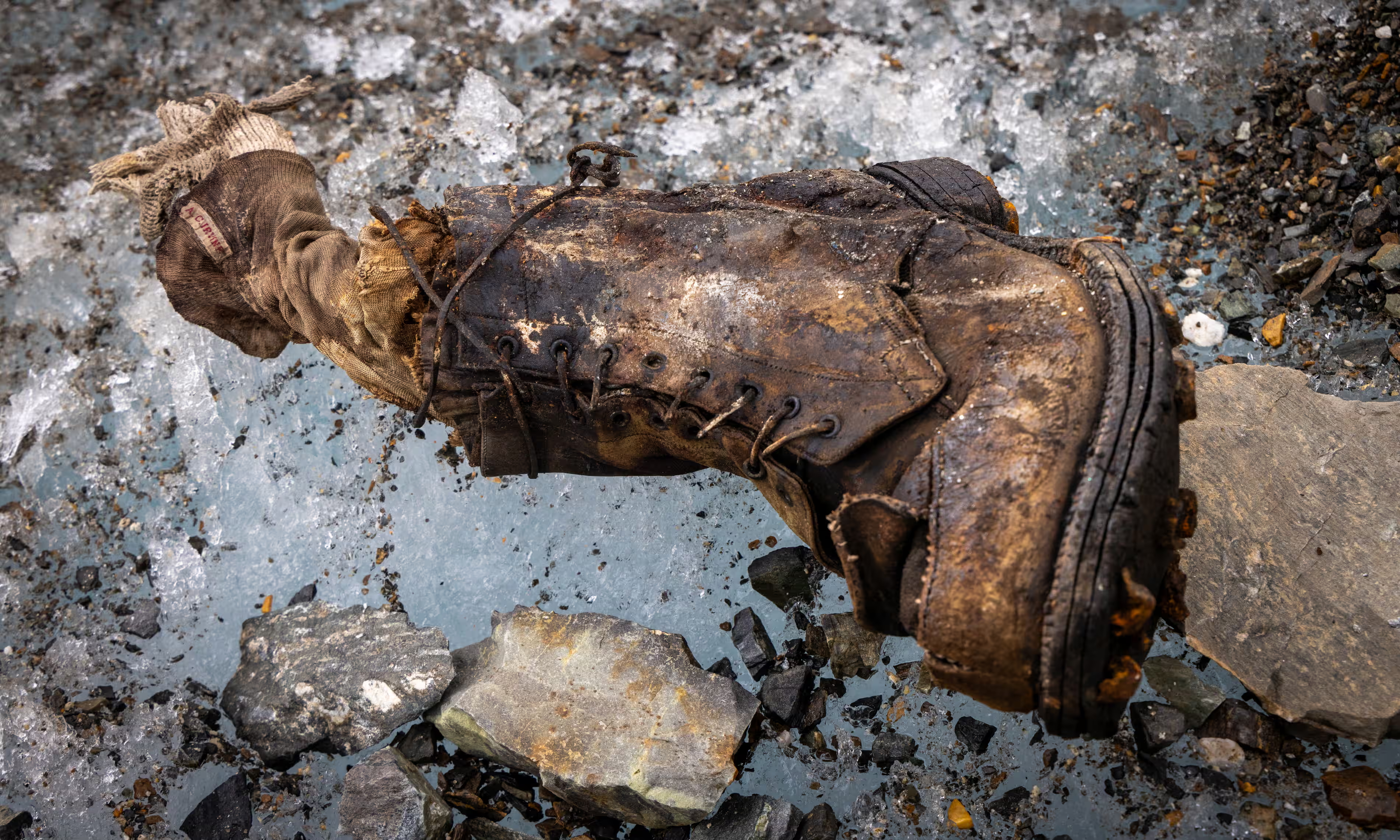Did you know that reaching the summit of Mount Everest has become the ultimate goal for some mountain climbers?
Yes. That’s right.
Mount Everest has always been a dream destination for hikers and climbers around the world. It’s the highest mountain or peak on Earth, sitting at 8,848m (or 29,029 feet) in the Himalayas in Nepal.
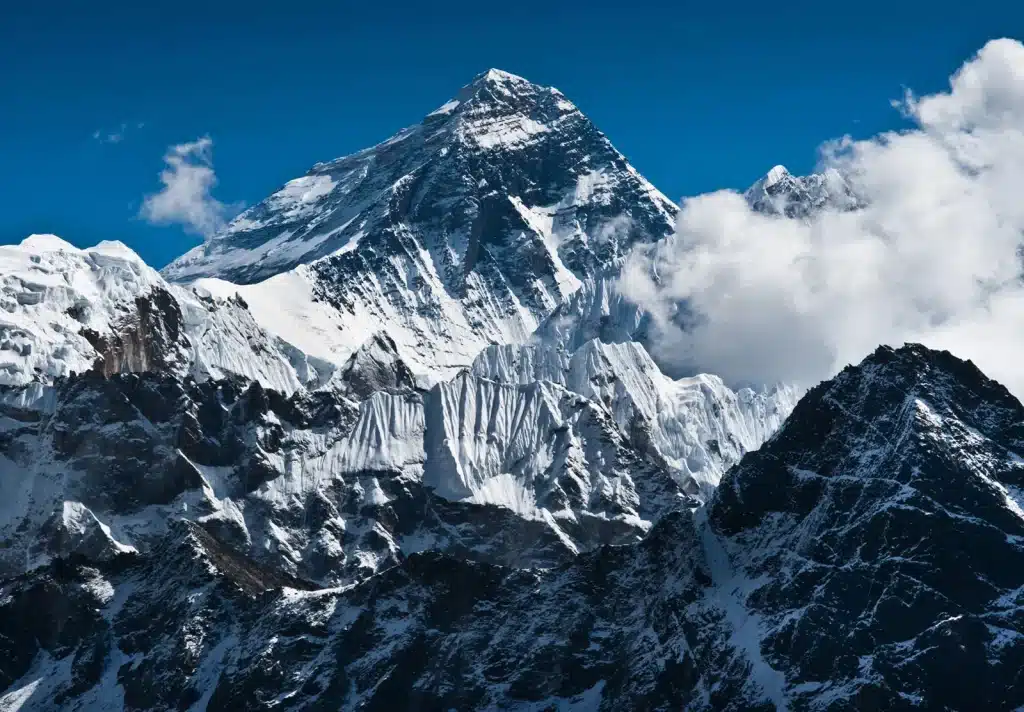
Getting to the summit is considered a huge achievement since it’s so difficult to climb due to extreme altitudes, weather conditions, challenging terrain, and the risk of avalanches, not to mention people need to be in good health and shape to do it.
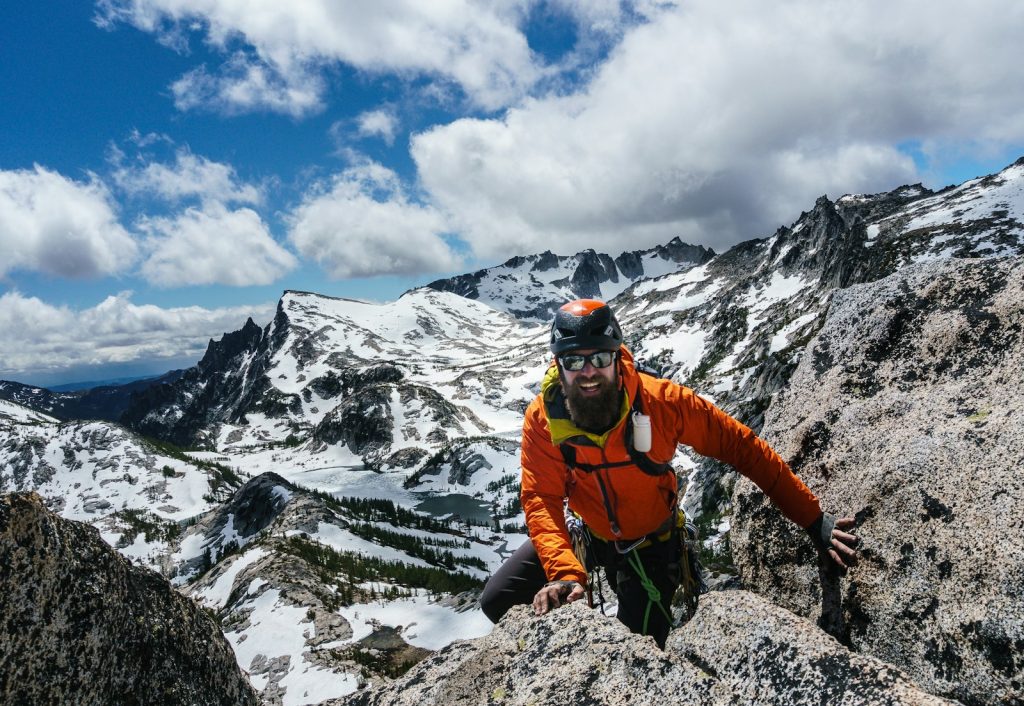
For a long time, it was believed that Edmund Hillary and Tenzing Norgay were the first mountaineers to reach the summit of Mount Everest in 1953. However, new evidence suggests they might not have been the first.
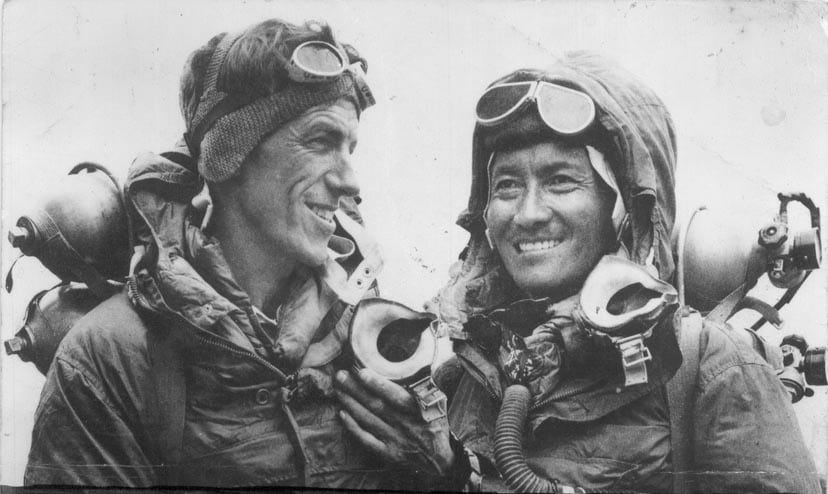
An expedition team from National Geographic recently found the remains of a mountaineer who tried to climb Mount Everest 100 years ago. This discovery sparked questions about whether Edmund Hillary really was the first to climb the highest mountain in the world.
More Clues About the Mystery
The National Geographic expedition team, which included the photographer and director Jimmy Chin, filmmaker Erich Roepke, and climber Mark Fisher, found a foot covered in a sock with ‘AC Irvine’ embroidered on it on the slopes of Mount Everest.
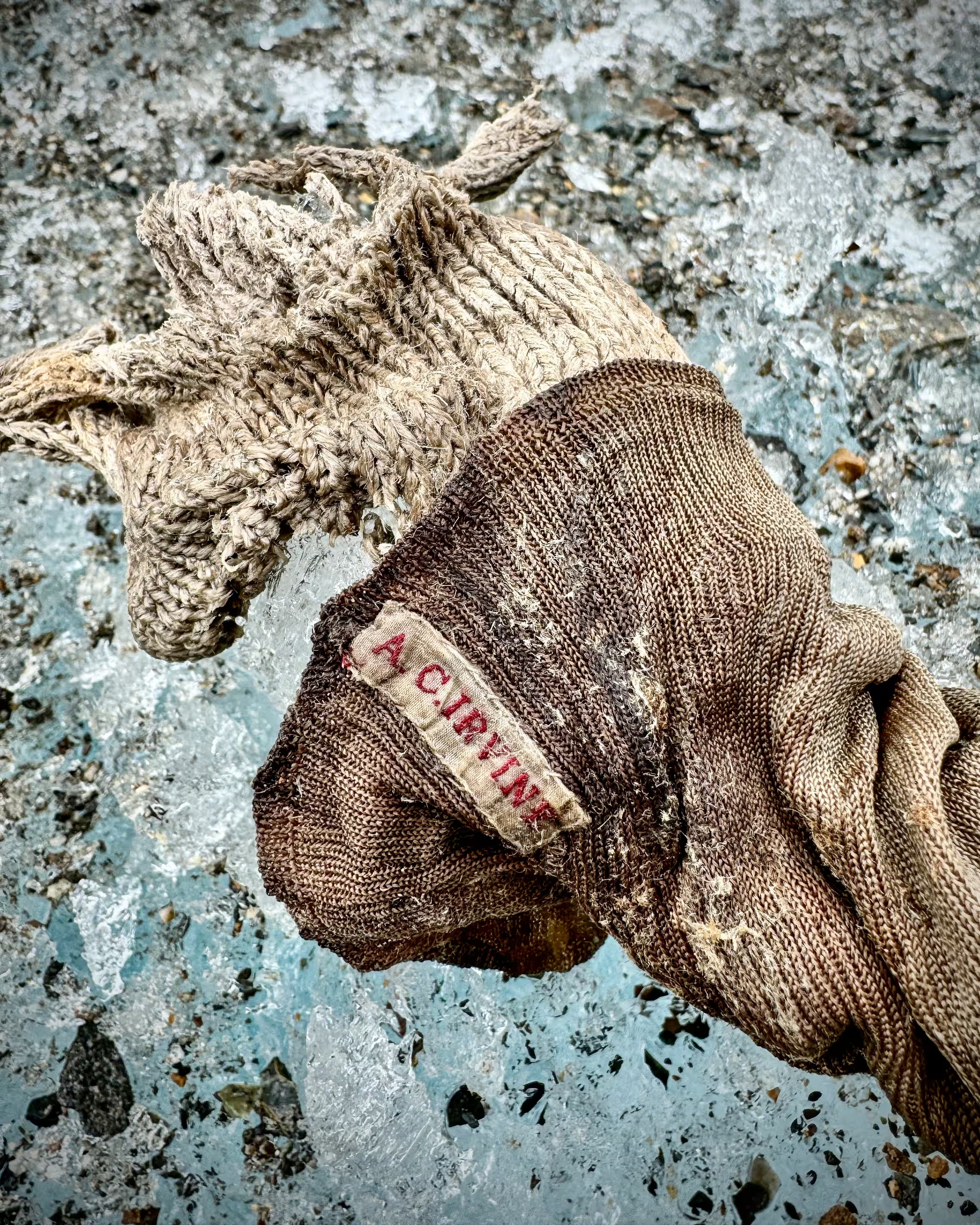
They believe it could be the remains of Andrew Irvine, who was trying to climb the tallest mountain with George Mallory. They attempted to be the first people to reach the top of the world’s highest peak.
Andrew Comyn “Sandy” Irvine was a British mountaineer who joined the 1924 British Everest Expedition.
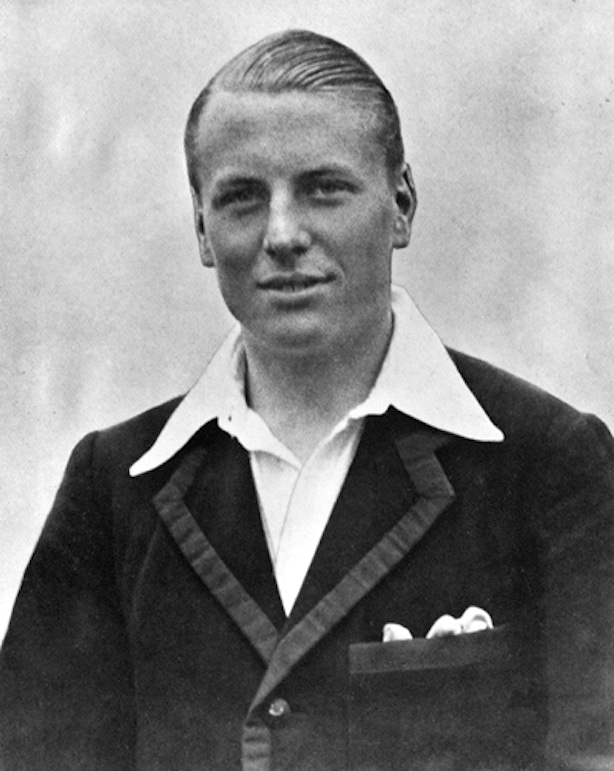
George Herbert Leigh-Mallory was an English mountaineer who participated in the first three British attempts to climb Mount Everest in the early 1920s.
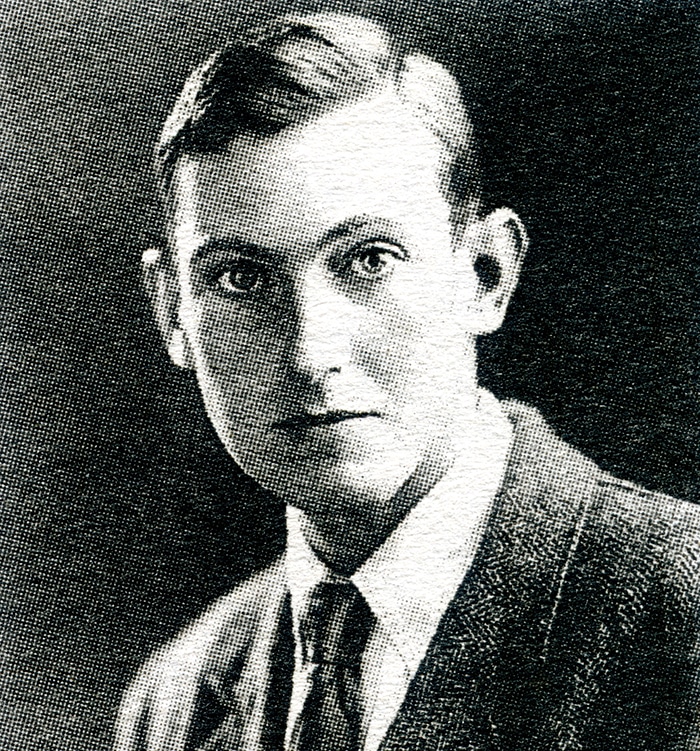
While trying to be the first to climb Everest, Irvine and his climbing partner Mallory disappeared near the peak of Mount Everest on June 8, 1924.
The last time anyone was by their teammate Noel Odell, who stated that he saw them alive, was when they were just near the Second Step, a few hundred meters from the summit. However, they never returned, and their team members believed that the two of them died after reaching the summit.
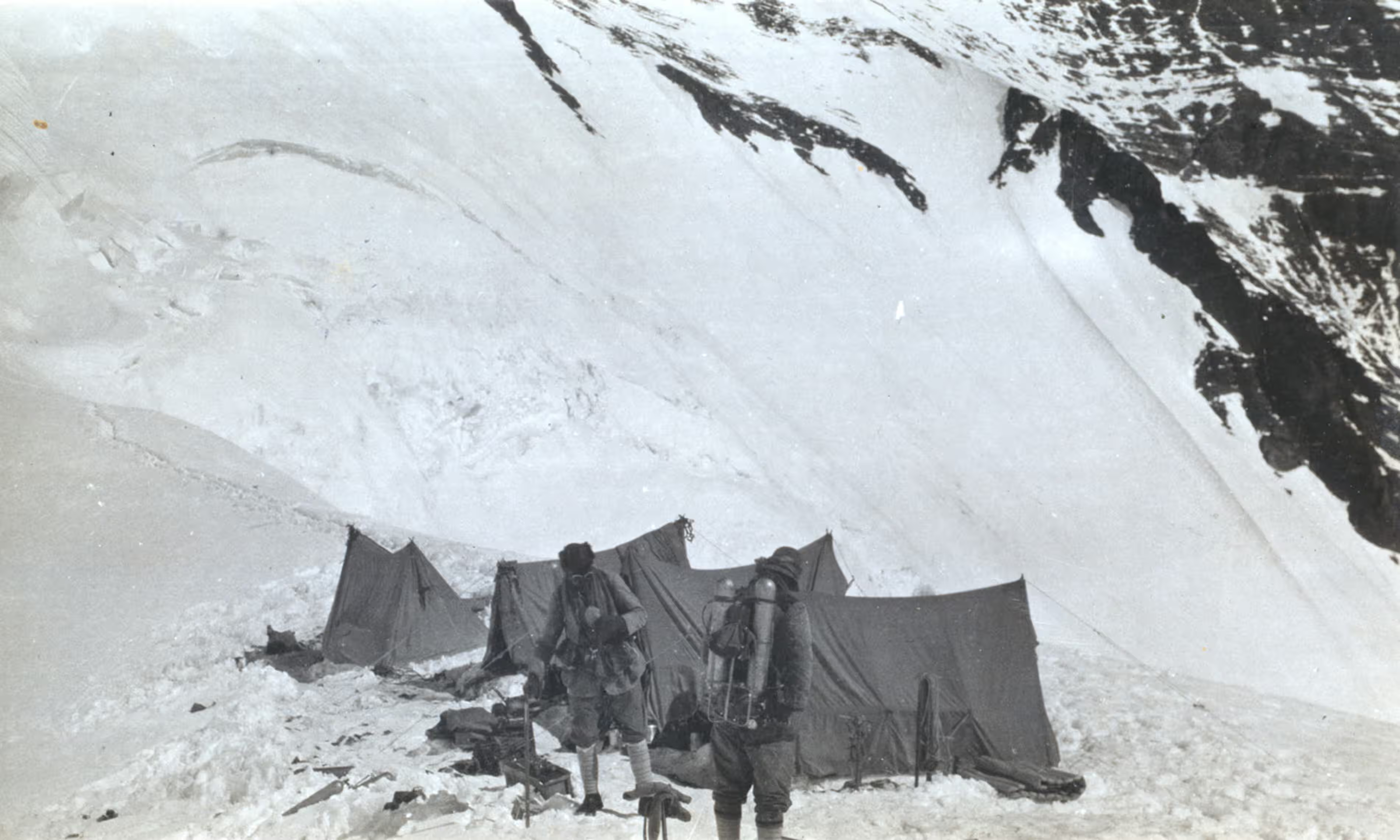
Seventy-five years after their disappearance, Mallory’s body was found in 1999, and parts of Irvine’s remains were found in 2024.
Aside from the boot, Chin and his team stumbled upon an oxygen bottle with ‘1933’ written on it.” while walking down the Central Rongbuk Glacier. This bottle was from the 1933 British Everest expedition, the fourth attempt to reach Everest’s top.
This expedition happened nine years after Mallory and Irvine disappeared. This discovery indicates that this attempt didn’t succeed either.
Mysteries Yet To Be Solved
Whether Irvine and Mallory reached the top remains the biggest climbing mystery.
When Mallory’s body was found, it showed signs of a fall, which solved some mysteries about how he died. But it also raised new questions. He planned to leave a photo of his wife at the top of the mountain, but this photo wasn’t with him when they found his body. This suggests he might have made it to the top after all.
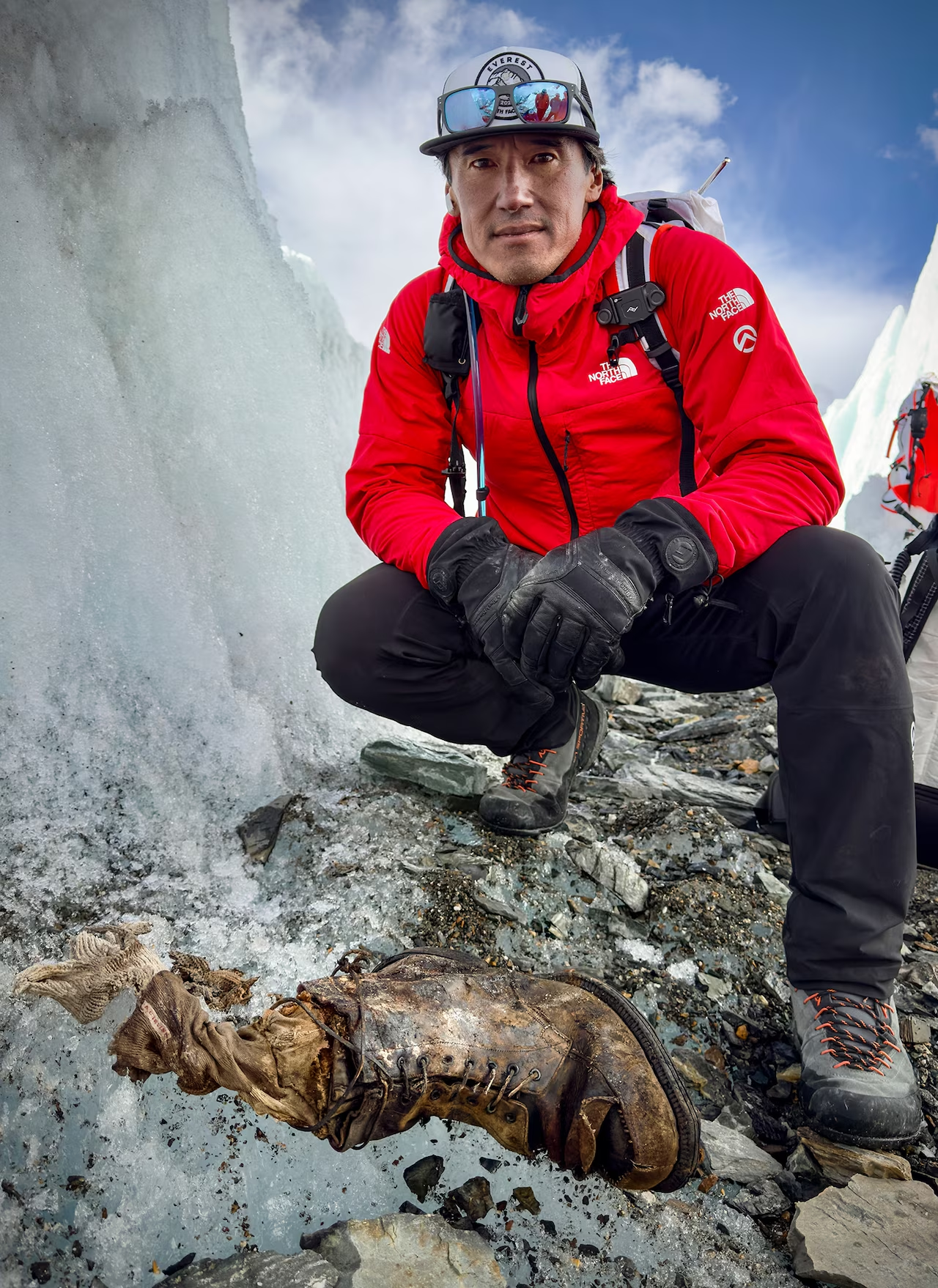
Irvine, only 22 years old at the time, was believed to have a Kodak camera with him, which he borrowed from another climber during their 1924 attempt. With its undeveloped film inside, this camera could provide clear proof if they made it to the top. Sadly, no one has found this camera yet.
Over the years, many people have several theories to explain why Irvine was never found. Mark Synnott, a writer and climber who works with National Geographic, suggested in his book *The Third Pole* that maybe Chinese climbers found Irvine’s body and camera a long time ago but didn’t tell anyone.
Before this, another theory was that a Chinese climber in 1975 stumbled upon someone wearing old-timey clothes below the Northeast Ridge. This led the 1999 Mallory Irvine Research Expedition to search that area.
Although, things still remain a mystery. Jimmy Chin believes this discovery is the first real clue about what happened to Irvine, which helps bring peace to his family and other climbers.
Experts also praised the discovery for providing closure to Irvine’s family and the climbing community.
